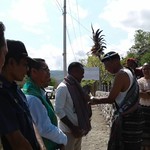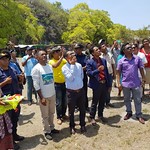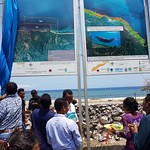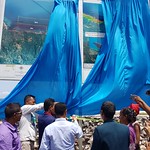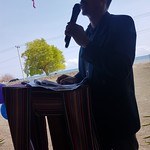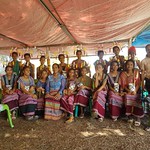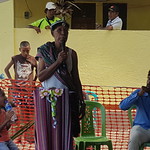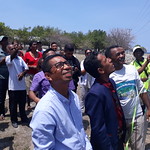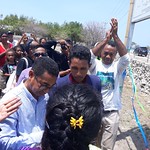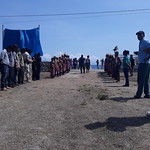Identification of priority sites for conservation of dugongs and seagrasses in Timor-Leste (TL1).
Timor-Leste
$88,353
This project aims to identify priority sites for dugong and seagrass conservation efforts in Timor-Leste. Considered sacred animals in this area, dugongs are not actively hunted; however the species and its habitat do suffer degradation as a result of poor fishing practices, coastal planning, boat strikes, etc.
Substantial knowledge gaps regarding the distribution and abundance of dugongs and seagrass in Timor-Leste act as a barrier to conservation efforts. Therefore, information regarding the location, size and characteristics of key feeding habitats for dugongs is urgently needed as no such information currently exists.
TL1 will utilise several different means of data collection, including fisher sightings (especially any incidental by-catches), general observations and reports of incidents of human–wildlife interactions. Information concerning community relationships with dugongs and the locations and species of seagrasses will also be collected. A broad range of stakeholders (volunteers, community members, NGO and government staff) will be involved in the data collection to ensure effective knowledge-sharing.
By supporting the government and local communities to undertake and develop ongoing monitoring programs, this project will enable adaptive management and planning, and build capacity to protect livelihoods, increase food security and ensure the long-term sustainability of the local environment.
Deliverables
- Achieve active community-based management of the dugong/seagrass ecosystem in at least one site; and ensure at least one community is actively monitoring dugong and seagrasses in the local environment.
- Propose the selected area and a draft management plan at Suco [village] and district level for integration into Suco
- Contribute to a national database by collecting data on fisher sightings, such as incidental by-catches, dugong occurrence, human–wildlife conflicts, community–dugong relationships, and seagrass species and locations.
- Build national and local capacity (of at least 10 community members) for dugong and seagrass monitoring in the local environment through surveys and drone surveillance.
- Build national capacity for quality control in data collection.

